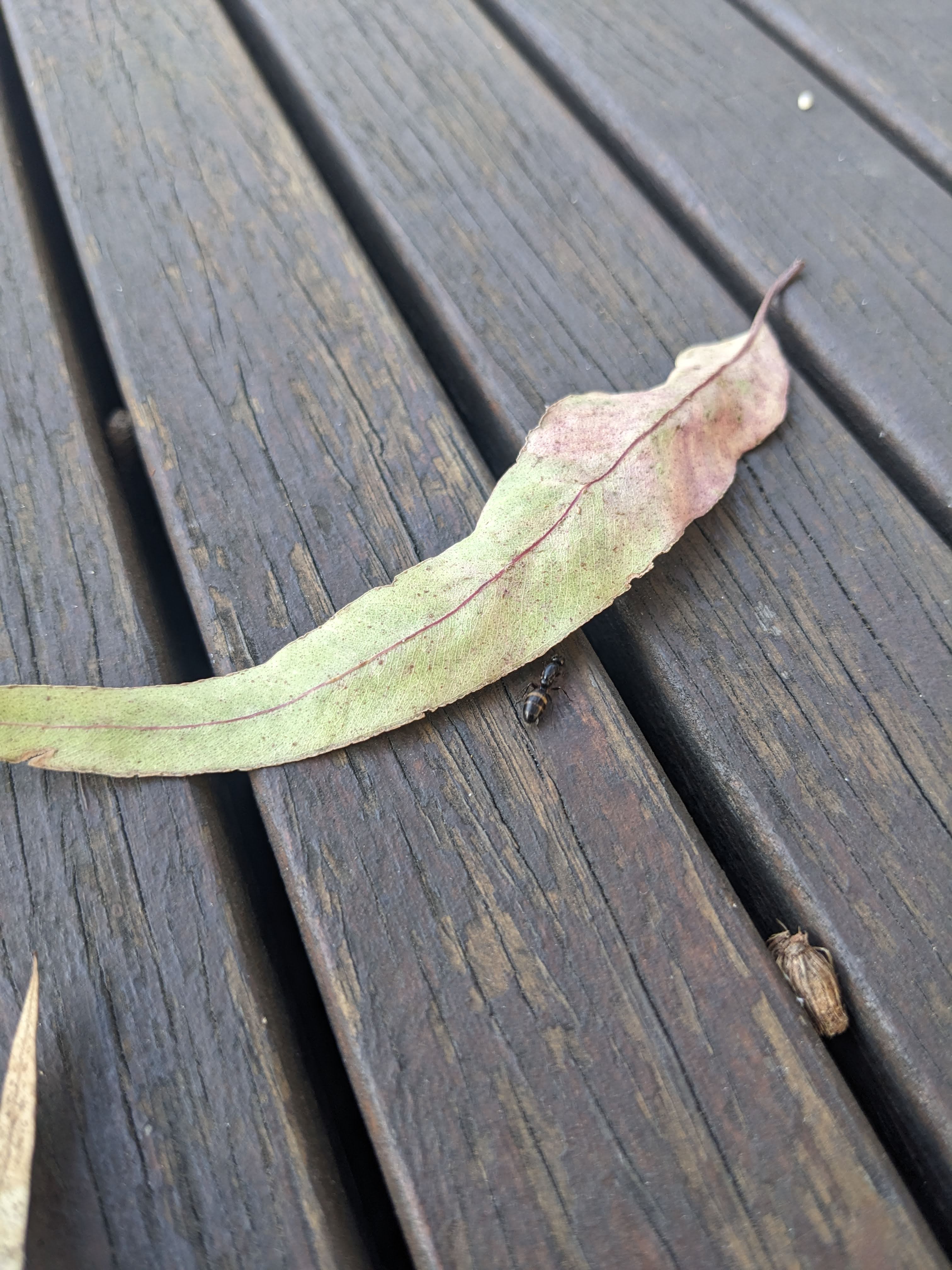Keeping ants is a fun hobby if you like seeing things grow. As a teenager I kept three colonies of ants. To get started with ant-keeping, you do not really need that much material. When I first got started with this hobby, I got a medium-sized [formicarium] (https://en.wikipedia.org/wiki/Formicarium) with a water-dispenser and everything. Then I caught my own ant-queen outside and waited a few months for the queen's first workers to develop. Turns out very small colonies are not really active and in the first few months, my ants were extremely shy and didn't need much space. This is the norm unless you live in a place with tropical climate. For food, I went with honey mixed with water, mosquitoes and other insects I caught.
For my second and third aquarium I took a simpler approach. All I used was a standard ant test tube (test tube + water + cotton). For the formicarium, I used a cleaned 500 ml ice cream container and some vaseline that I spread with some cotton on the rim of the container so the ants would not escape (they just slip and slide down). This sort of setup sustained two of my colonies from summer until winter.
But how do you get ants? All you need is to go out in the summer on a sunny day (ideally right after a rainy day), and then you look for ants that are big, walking around alone, with a large thorax and gaster (they have a large thorax for their flight muscles)[1]. These are the ant queens. You then capture this sort of ant in a jar and take it home, where you place it into a test tube setup. You then put the test tube into a dark and quiet place (ants love the dark) for 4–8 weeks until the ant has her first workers. Most ant queens do not need any food when they start their colonies, since they have all the energy for their first worker ants stored in their backs. Ideally, they have to never leave their hole again. Once you see the first workers, you can put a small hole into your test-tube with a straw or similar so that your ants have a way to escape into the formicarium you place them in. Make sure that you wrap paper or something opaque around the test-tube so that it stays dark. If your test-tube starts getting moldy, slimey and gross, just get a fresh test tube, remove the paper wrapped around the old test tube, wrap it around the new test tube, and shine some light onto the old test-tube. Your ants will quickly move to the new test-tube. In the winter (I was in Germany so winters were pretty brrr, cold), you will need to move your ants into the refrigerator. For more information, watch The AntsCanada YouTube channel's tutorials on keeping ants!
I don't keep ants anymore, but I still have the habit of looking out for the queens. It is quite fun. Usually, when I walk for ~10-20 minutes in the summer, I can spot multiple queens in various spots.

While on a walk in the suburbs of Melbourne, I even spotted a giant bull ant! I heard that bull ants are very aggressive, but this particular species or specimen was quite calm.
Social parasite queens do not have a large abdomen. They are not good ant queens to nurture as a beginner., but they are hard to find anyway. ↩︎



